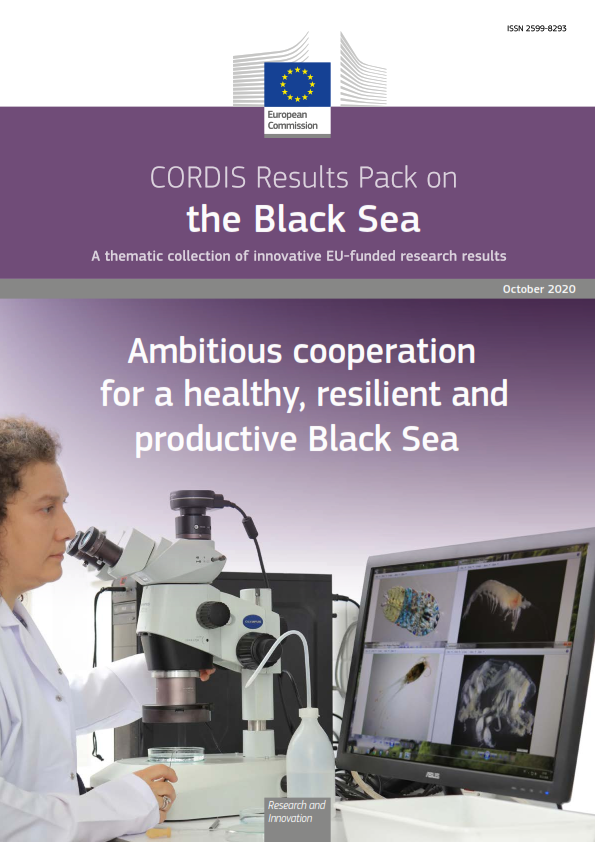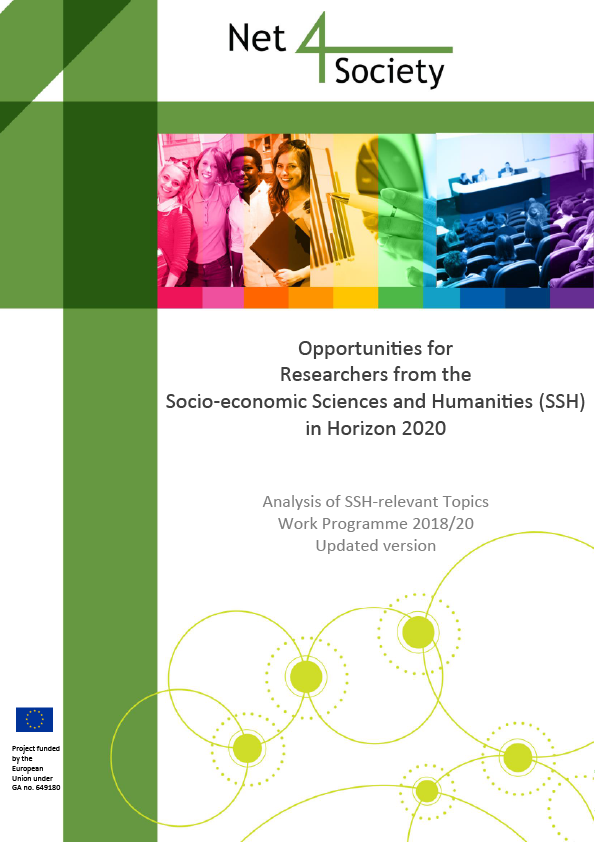This qualitative approach found that consumer behaviour is less influenced by personal anxieties than statistical data might suggest. It showed how social and cultural influences have a strong impact on individual choice, adding important detail to scientific knowledge about people’s attitudes to food. Ultimately this could help policy-makers better promote healthy, sustainable behaviour.
Professor Peter Jackson of the UK’s University of Sheffield explains that CONANX was set up to see first-hand how people make decisions, and to improve the quality of evidence about food-related habits. Most evidence used for policy is based on surveys, which provide representative statistics on reported behaviour but provide an imperfect guide to what people actually do, he says.
The project’s researchers attributed the differences between consumers’ reported attitudes and the behaviour they observed in practice to: decisions about food involving competing issues; social and economic forces having a strong influence on consumers’ behaviour; and societies’ food-related behaviour tending to change very slowly.
CONANX developed a theory of 'social anxiety' that sees concern as more than a purely personal response, and suggests that policies should take more account of the influence of routines embedded in society. A focus on individual choice and on simply providing information – such as through labelling – over-simplifies behavioural drivers: “Food should be examined in its social and cultural context, not just in terms of its dietary and nutritional value,” says Jackson.
However, Jackson is keen to emphasise that anxieties do not dominate how people think about food. “For most people most of the time, food is a pleasurable activity. It is about understanding the balance between pleasure and anxiety.”
Behaviour vs beliefs
The project carried out its research using a combination of methods including focus groups from the general public, which discussed food-related issues; analysis of existing surveys from other projects and organisations; and case studies that observed people’s daily practices and the values informing their behaviour.
In the context of the case studies, researchers visited consumers in their homes, accompanied them on shopping trips, watched them cook and ate with them. Studying people in the United Kingdom, Sweden, China and Brazil, they looked for common ground across different cultures.
They saw how anxieties arose as consumers traded off the impacts of possible choices. For example, organic food might be seen as healthy or good for the environment but its relatively high cost was also a possible drain on family budgets.
Another source of conflict is the influence of external pressures such as cultural and religious practice or the influence of work patterns or retail infrastructure on behaviour. Jackson cites food waste as an area where people want to be frugal, but other influences combine to create waste – such as limited opportunities to buy fresh food daily or retail practices based around high-volume purchasing. “There are often ‘good’ reasons for what might seem like ‘bad’ behaviours,” he says.
It terms of long-term behaviour within societies, the project found that short-lived food scandals – such as the Europe-wide horsemeat scandal in 2013 – have limited influence. Analysis of survey evidence showed that people would become more anxious about an issue after a specific crisis, but that their attitudes and behaviour soon realigned with the historical trend.
“Food is culturally embedded and routinized,” says Jackson. “We are unlikely to see long-term change based on single events.”
A new approach to policy
Although the results of the CONANX project do not offer a blueprint for policy-making, they identify a need for more emphasis on social practices. And from his work with the UK Food Standards Agency, Jackson sees a trend towards more input from the social sciences in food safety policy and business.
Disseminating its research widely, the project has produced several papers and books, with another book (Anxious Appetites) due to be published in September 2015. Jackson praises the ERC for its support for his qualitative approach to researching attitudes to food.
“We are working towards a more evidence-based food policy debate that looks at how we use food in the real world.”
Researchers from the CONANX partners in the UK and Sweden, together with colleagues in Denmark and Germany, are now working on a new project on the relationship between food, convenience and sustainability, within the EU-funded ERA-NET SUSFOOD programme.
Possible commercial applications of CONANX’s research were explored during the ERC-funded FOODFUTURES project. New research is also planned to investigate how consumers understand the “freshness” of food, including how it is produced and retailed in supermarkets in the UK and Portugal.
Read more:










